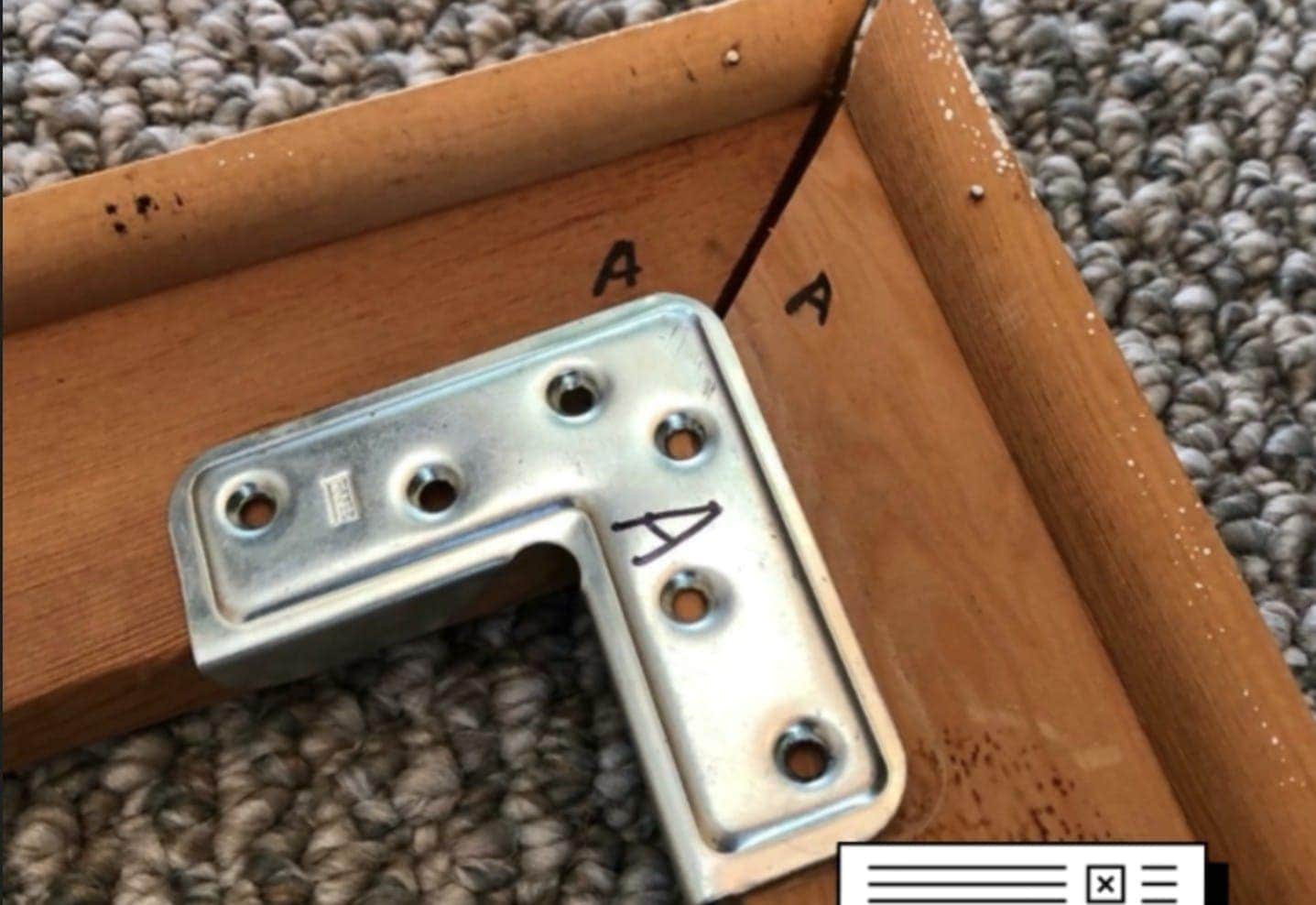[vc_row][vc_column width=”1/3″][vc_message message_box_color=”peacoc” icon_fontawesome=”far fa-hand-point-down”]
- Responsibilities Overview
- Core Responsibilities
- Knowledge and Skills
- Education
- Professional Organizations
- Ethical Concerns and Controversies
[/vc_message][/vc_column][vc_column width=”1/3″][/vc_column][vc_column width=”1/3″][/vc_column][/vc_row][vc_row][vc_column][vc_column_text]Here’s a quick mashup of what the ‘net’ thinks about our world. I’d say it’s pretty close. I’ve added a few things here and there. What about you, what would you add or subtract? Let’s shape this thing up. Please feel free to place your tongue firmly in your cheek. Let’s be real. (mine have an asterisk)
Lastly, I’d love to hear what YOU call yourself professionally: handler, preparator, technician, something else? Do tell….
UPDATE: October 29, 2022
Here’s a quick overview of what we’ll cover in this article. Simply click on these quick links to jump straight to different sections.[/vc_column_text][/vc_column][/vc_row][vc_row][vc_column][vc_column_text]
An art handler, also sometimes called an art preparator, or museum technician*, is a trained individual who works directly with objects in museums, art galleries and various other venues including private collectors, corporate art collections, public art collections and various other institutions. Art handlers work in coordination with registrars, collection managers, conservator-restorers, exhibition designers, education staff*, and curators, among others, to ensure that objects are safely handled and cared for. Often they are responsible for packing and unpacking art, installing and deinstalling art in exhibitions, and moving art around the museum and storage spaces. They are an integral part of a museum and collections care. No one ever sees them, they are almost myth-like, ninjas if you will*.
Responsibilities Overview
Responsibilities of art handlers and preparators differ from institution to institution. Art handlers can be employed by museums, art galleries, community centers*, private collectors, art storage facilities, or art shipping companies. Some work full-time while others (dare I say most?*) work part-time or contract for one or more (or 12*) museums. Depending on the size and scope of an institution, some museums will have a team of art handlers for the entire museum, whereas other museums may have permanent teams of art handlers dedicated to specific museum departments.
Core Responsibilities
Art handlers and preparators are first and foremost responsible for ensuring the safety of artifacts and works of art. For works traveling out of a gallery or museum, art handlers must carefully pack objects in crates with appropriate materials to protect them from damage while in transit. Some objects may require custom boxes or custom crates that art handlers and preparators might construct on site. Similarly, when objects come into a gallery or museum, art handlers must carefully unpack the objects, paying close attention to how they were originally packed and arranged in their container (stay organized people*). Art handlers, preparators, and technicians* also load and unload crates from trucks (engage your core*). When loading crates and packages inside an art transportation truck, art handlers and preparators must be sure to secure the crates and packages to the walls and floor of the truck storage area to prevent any type of movement during transit. Art handlers may also act as a courier, accompanying the object during its transport and being present during its unpacking at the destination. Sometimes art handlers and preparators are responsible for preparing packing and shipping paperwork. Huh? Works on paper or receipts? I know we can’t all afford a dedicated registrar, but… I dunno this one doesn’t sit well with me, you? Can someone help me with this one?*
Another key role of art handlers and preparators is preparing objects for display in galleries. This may include sending objects out for conservation, framing and mounting objects, and labeling objects. Art handlers and preparators may also be responsible for working with the exhibition team to prepare the gallery spaces for the objects – ie get your paint rollers out ya’ll*. They are also the individuals who physically install and deinstall the art work and artifacts in the galleries.
As a functioning part of the collection management and exhibitions team, art handlers and preparators can sometimes be responsible for photographing objects and writing condition reports. General collections care, such as monitoring environmental conditions and practicing preventive conservation in art storage spaces, are also priorities for art handlers and preparators.
Knowledge and Skills
Art handlers must have (or more to the point learn on the job because there is no school for this*) a solid knowledge of how to handle objects safely and efficiently. They must understand the materials that make up the objects they are working with and how these materials may react with installation or packing materials. It is useful for art handlers to be spatially oriented, good at math, and possess problem solving skills (yes a million times yes*). Art handlers must plan out and communicate their plan of action with the rest of the team before beginning an action (word*).
Education
Art handlers approach their careers from diverse backgrounds, including studio arts, art history, design, production, or social services. Many art handlers are artists themselves. A high school degree and an undergraduate degree are generally required for art handlers. Some art handlers may also have academic studies in studio art, art history, humanities, or museum studies. Specialized knowledge of chemistry can be helpful to understanding potential chemical interactions between objects and packing or storage materials. That last sentence is a stretch no? I mean yeah, sure, but has anyone come across a chemist in the back rooms and basements?*
While most art handlers gain professional experience on the job, some institutions are beginning to offer training programs, such as the Bronx Council on the Arts certificate program and the DAP (Diversity Apprenticeship Program) at the Broad.* Additionally, those looking to advance their careers, get help with puzzles, or help the next generations go to MuseumTrade.org.*
With enough experience, art handlers may work up to the titles of senior art handler, art preparator, registrar, collections manager, exhibition designer*, etc.
Professional Organizations
PACCIN is the Preparation, Art Handling, Collections Care Information Network is awesome*. It is a professional subcommittee of the American Alliance of Museums (not anymore*). The webpage features a listserv, forums, and articles to connect object oriented museum professionals and share resources. The organization also organizes trainings and conferences across the country (rock on*).
MuseumTrade is dedicated to getting the job done in fresh and beautiful ways. It’s a cross-disciplinary environment for those in the Museum Trade. We enhance each other with tips, materials, and vendors, we get a better, more beautiful product, and newbies ramp up quicker using MT guides. Those on MT share their techniques, find new ways to contextualize their exhibits, share their interactives, and geek out on fonts and title wall designs.
The International Convention of Exhibition and Fine Art Transporters is a network of fine art transportation companies from around the world. They function as a network to connect fine art transportation companies together in dialogue and to provide general information to the community about art transportation.
Ethical Concerns and Controversies
As with any other object-oriented position, art handlers and preparators must abide by a code of ethics. Similar to the American Institute of Conservation’s Code of Ethics, art handlers are custodians of historical and art objects and must have respect for all cultural property and prioritize the safety of objects.
A topic of controversy in the art handling field is the fair treatment of art handlers. Some art handlers wish to be represented by unions in order to negotiate terms and advocate for better wages and better working conditions (coming soon to a museum near you*). From August 2011 to June 2012, Sotheby’s locked out 42 unionized art handlers whose contracts had expired and wished to negotiate new contracts. The Sotheby’s art handlers were represented by Teamsters Local 814. Following the lockout, the unionized art handlers were given a one percent raise per year, a higher starting hourly salary, and the same worker’s benefits they previously had.[/vc_column_text][/vc_column][/vc_row]
What did you think? Did that capture you and what you do day to day and week to week? It captured a lot for me, but at the same time there was a whole lot missing that’s hard to put into words or quantify. Let’s face it, the robots aren’t coming for our jobs any time soon.
Be Well Out There Ya’ll
Matt




Leave a Reply
You must belogged in to post a comment.